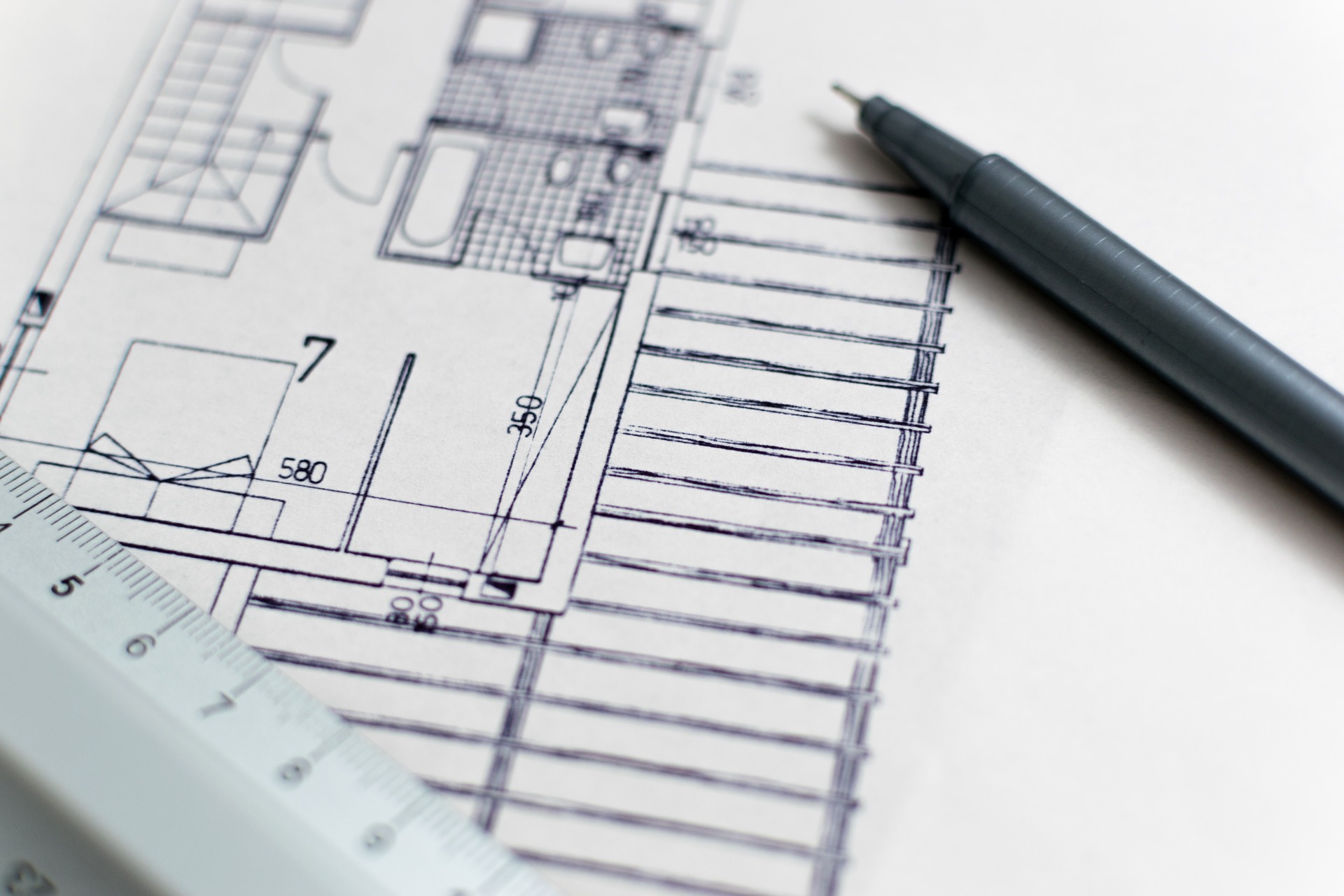Legal overviews
Intellectual Wednesdays: Architecture works as an object of copyright
- Service: Intellectual Property (IP)
- Date: 30.10.2019
Works of architecture as an object of copyright – what the architect, developer, builder and investor need to know to protect their interests. Materials are prepared by experts of the IP practice at Capital Legal Services Elena Berger and Vladislav Scherbatykh.

At the end of October, the Real Estate Committee of the St. Petersburg International Business Association (SPIBA) held a round table on copyright issues in construction. The guests of the event confirmed that the issue is a vital one, and that there are many very non-obvious hidden sides to it, of which it is better to know in advance. Elena Berger, head of the IP practice at Capital Legal Services, in her report spoke about the main issues encountered in practice when an architectural solution is deemed an IP object.
In particular, you need to know that copyright protects specifically the architectural solution. Architectural solution means not the building itself or its design, but specifically the architectural concept which can be expressed both in the design (the architectural part of the construction documentation) and in the facility (building, structure, their interior, created based on the architectural design).
Of course, many questions can be avoided if you arrange for the architectural solution rights to belong to you.
In order to do this, you need to carefully read the agreements on creation of architectural designs. For example, if the design is being made to order by an architectural bureau or other legal entity, and it states that the client can use the design only for construction of a single building at a specific address, this means that the bureau remains the holder of the solution. If, however, the agreement contains no indication at all regarding the allocation of rights, then by default the client holds the exclusive rights to the solution. At the same time, in order to be sure of who owns the copyright to the architectural solution, it is recommended to expressly and unambiguously state this in the agreement.
What you need to remember if someone else owns the rights.
So the architectural solution is an IP object, meaning that in order to use it, you need the title holder’s consent. What does “using” an architectural solution mean? The two most common ways are practical implementation of the design (e.g. construction of a building according to the design) and reprocessing (creation of a new architectural solution based on an existing one). What is notable is that both the facility as such and the design itself can be reprocessed (by creating a new design which borrows solutions from the existing one).
The latter is quite interesting. It is obvious that reprocessing can include construction of a new facility which borrows solutions from an existing one (e.g. if you like a particular building and you build your own with a very similar façade).
But what if, for example, you decided to change the appearance of an already built facility?
For example, you own a building that was constructed based on a design, but the rights to the design for some reason are still held by the architect. Do you need to get the architect’s permission, for example, to paint the walls a different color or to add several floors?
In our view, the answer depends on whether such changes require changes to the architectural design. If no changes to the design are needed, then you as the owner are free to change your building without the architect’s permission. If, however, the design needs to be changed, then you need the title holder’s permission to reprocess.